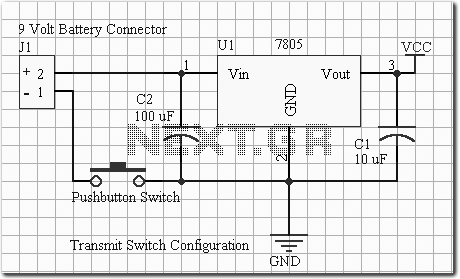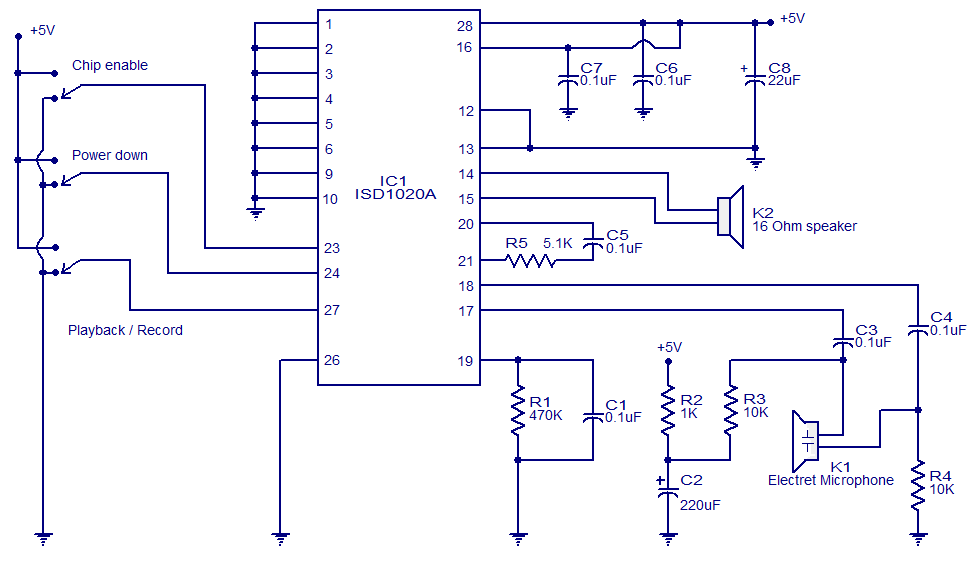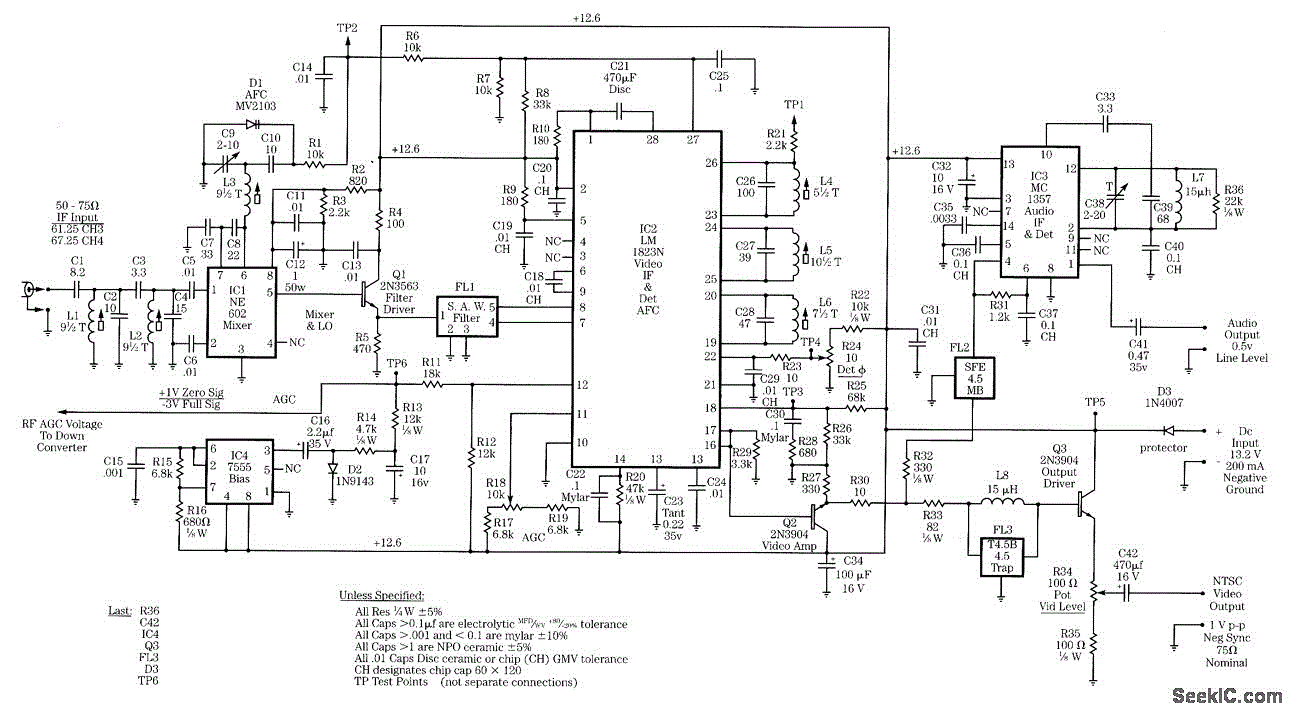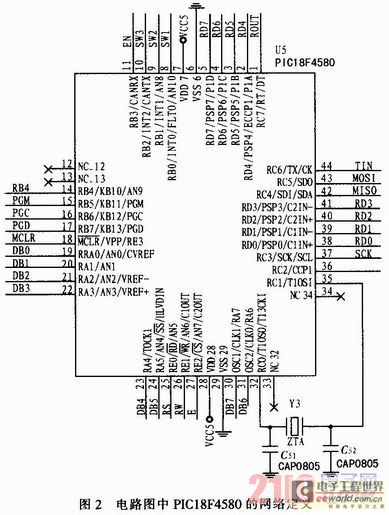
Interactive Voice Response System

Nowadays every institution needs automation. As a part of college automation, a project has been developed for a Voice Interactive System for College Automation. This project allows users to quickly access student attendance and marks through the telephone line without the intention of the college authority. On the hardware side, an embedded system has been used. A 20-pin microcontroller 89C2051 is utilized because of its compatibility with the hardware. This microcontroller controls the entire system. A telephone line is used for communication purposes. Visual Basic has been used for software programming. Presentations in class and university outcomes are made accessible to parents through this project.
The Voice Interactive System for College Automation is designed to streamline communication between educational institutions and parents, enhancing the overall efficiency of information dissemination. The core of the system is based on the 89C2051 microcontroller, which is responsible for processing input from the telephone line and executing commands based on user queries.
The system architecture includes a telephone interface module that connects to the analog telephone line, allowing it to receive incoming calls. When a call is received, the microcontroller activates a voice recognition module, which interprets the user's spoken requests. The voice recognition module converts the audio input into digital signals that the microcontroller can process.
The microcontroller is programmed with a set of predefined commands that correspond to various queries, such as checking attendance or marks. Upon receiving a valid command, the microcontroller accesses the relevant data stored in a connected database or memory module. This data may include student attendance records and academic performance metrics.
For the user interface, the system employs a text-to-speech (TTS) module, which converts the retrieved information into audible speech, allowing parents to hear their child's attendance status or marks over the phone. This interaction is designed to be user-friendly, requiring minimal input from the caller to obtain the desired information.
The software component, developed in Visual Basic, serves as a backend interface that manages the database, updates records, and generates reports. This software can be integrated with existing academic management systems, ensuring that data is current and accurate.
Overall, the Voice Interactive System for College Automation represents a significant advancement in educational communication, providing a convenient and efficient method for parents to stay informed about their children's academic progress. The integration of hardware and software components ensures reliability and ease of use, making it a valuable tool for modern educational institutions.Now-a-days every institution needs automation. As a part of college automation, we have decided to do a project Voice Interactive System for College Automation. Our project allows the user to know the students attendance and marks quickly through the telephone line without the intention of the college authority.
In the hardware side embedded system has been used. A 20 pin microcontroller 89C2051 is used because of its compatibility with our hardware. This microcontroller controls the whole hardware. Telephone line is used for communication purpose. Visual Basic has been used for software programming. Presentation in the class and outcome of the university are made reachable to the parents by our proje 🔗 External reference
The Voice Interactive System for College Automation is designed to streamline communication between educational institutions and parents, enhancing the overall efficiency of information dissemination. The core of the system is based on the 89C2051 microcontroller, which is responsible for processing input from the telephone line and executing commands based on user queries.
The system architecture includes a telephone interface module that connects to the analog telephone line, allowing it to receive incoming calls. When a call is received, the microcontroller activates a voice recognition module, which interprets the user's spoken requests. The voice recognition module converts the audio input into digital signals that the microcontroller can process.
The microcontroller is programmed with a set of predefined commands that correspond to various queries, such as checking attendance or marks. Upon receiving a valid command, the microcontroller accesses the relevant data stored in a connected database or memory module. This data may include student attendance records and academic performance metrics.
For the user interface, the system employs a text-to-speech (TTS) module, which converts the retrieved information into audible speech, allowing parents to hear their child's attendance status or marks over the phone. This interaction is designed to be user-friendly, requiring minimal input from the caller to obtain the desired information.
The software component, developed in Visual Basic, serves as a backend interface that manages the database, updates records, and generates reports. This software can be integrated with existing academic management systems, ensuring that data is current and accurate.
Overall, the Voice Interactive System for College Automation represents a significant advancement in educational communication, providing a convenient and efficient method for parents to stay informed about their children's academic progress. The integration of hardware and software components ensures reliability and ease of use, making it a valuable tool for modern educational institutions.Now-a-days every institution needs automation. As a part of college automation, we have decided to do a project Voice Interactive System for College Automation. Our project allows the user to know the students attendance and marks quickly through the telephone line without the intention of the college authority.
In the hardware side embedded system has been used. A 20 pin microcontroller 89C2051 is used because of its compatibility with our hardware. This microcontroller controls the whole hardware. Telephone line is used for communication purpose. Visual Basic has been used for software programming. Presentation in the class and outcome of the university are made reachable to the parents by our proje 🔗 External reference





